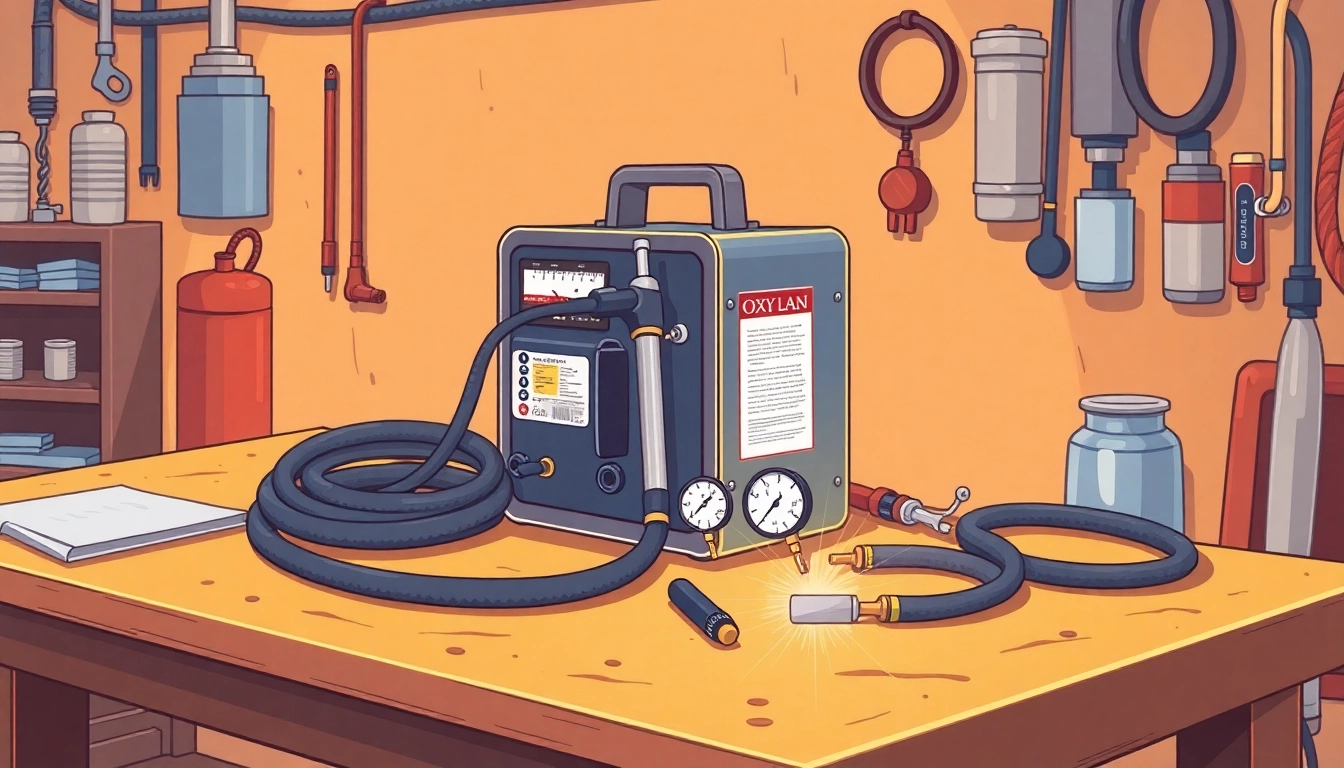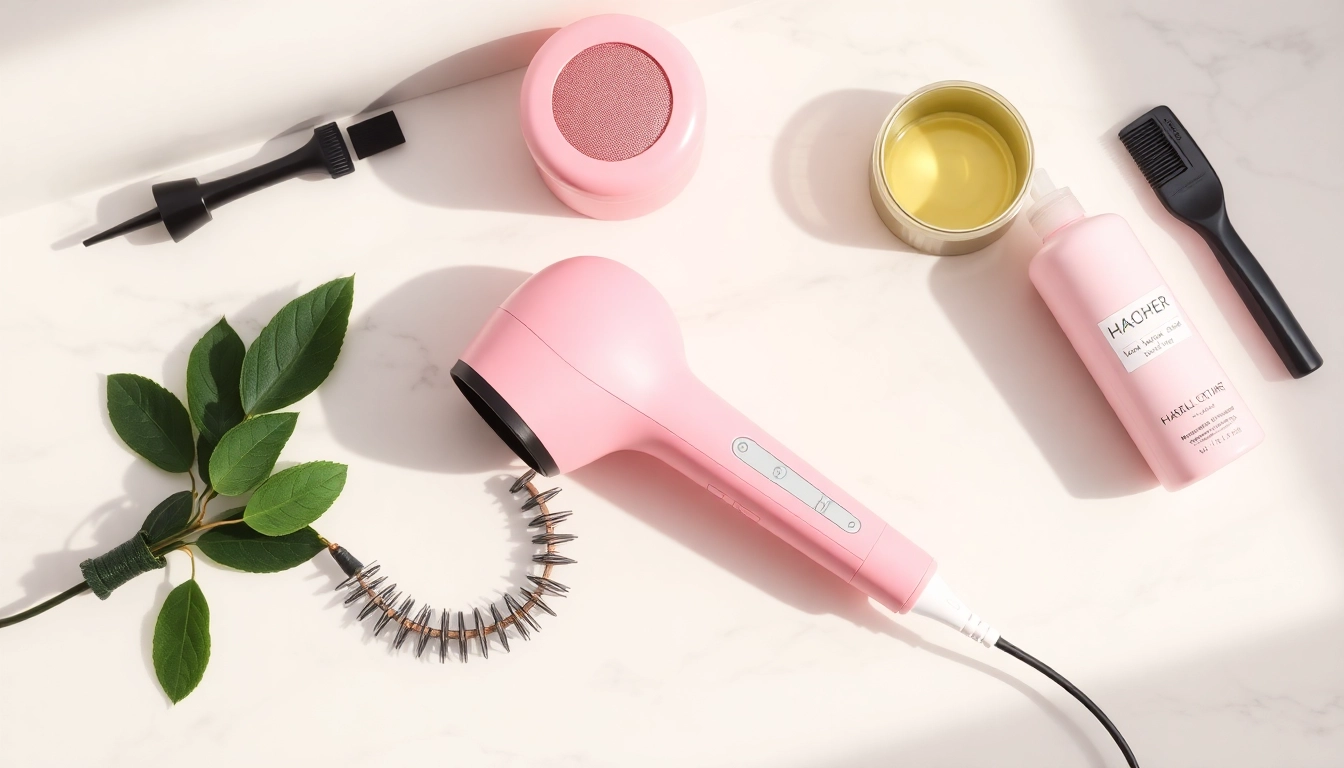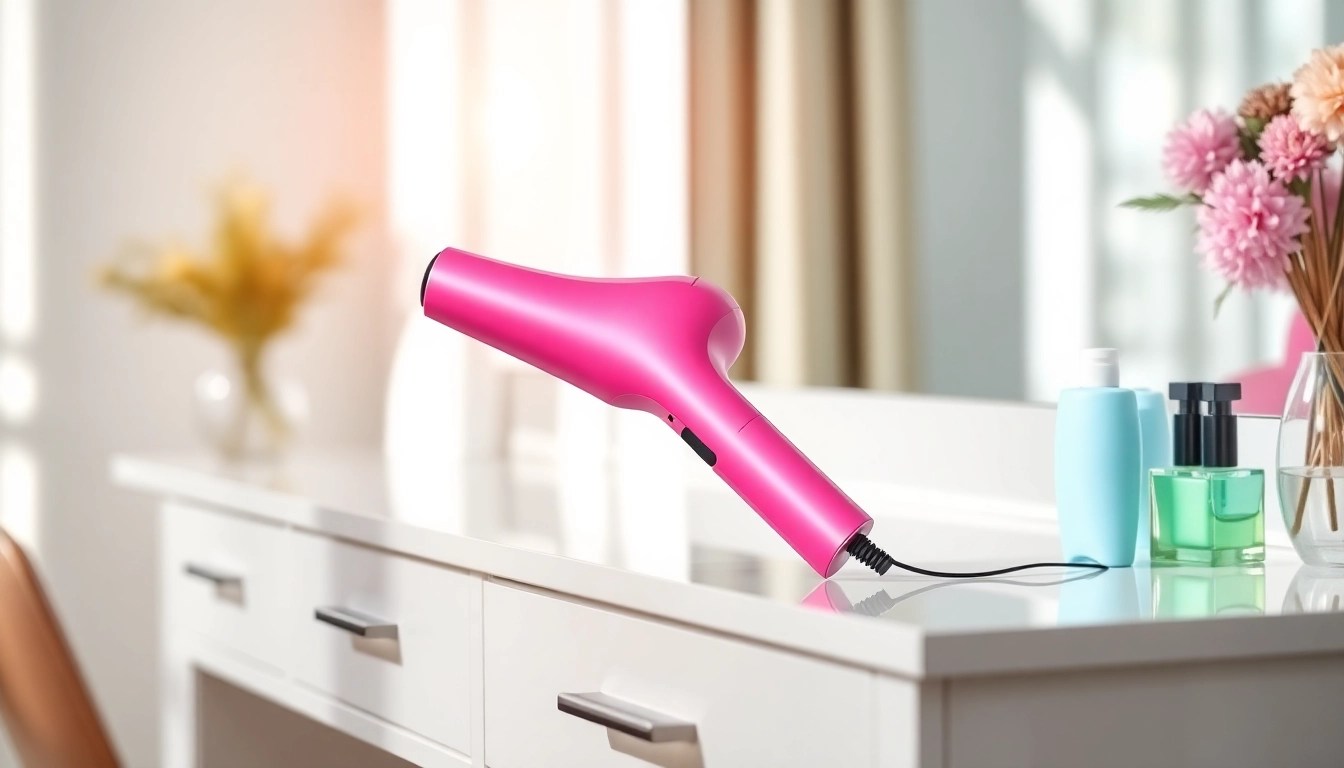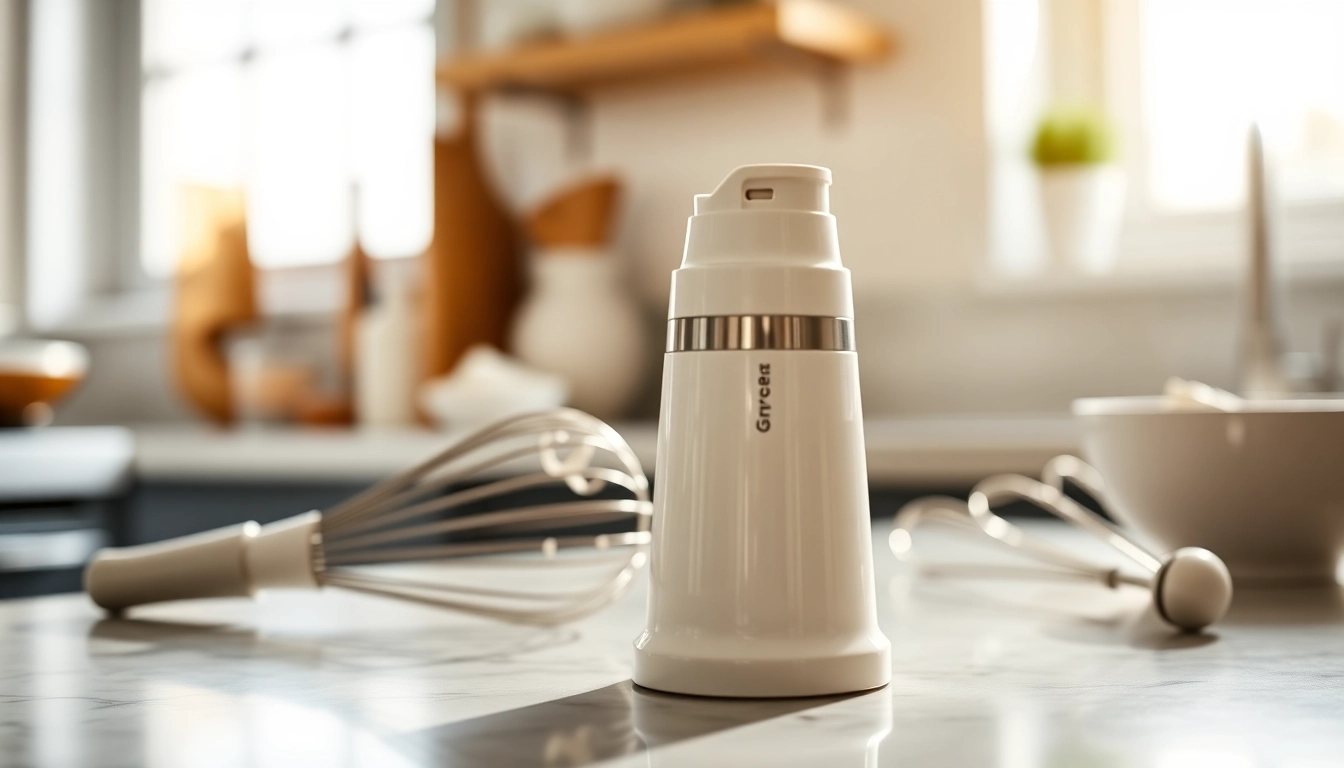1. Understanding the Oxy Gas Welding Kit
Oxy gas welding, often referred to as oxy-acetylene welding, is a versatile technique that can be used for cutting, welding, and brazing metals. At the heart of this process is the oxy gas welding kit, a comprehensive assembly of tools and equipment designed to handle various metalworking tasks efficiently. An oxy gas welding kit typically includes components that work together to create a high-temperature flame, which melts metal and allows for the joining of pieces. Let’s delve deeper into the components, mechanics, and advantages of utilizing this essential kit.
1.1 Components of an Oxy Gas Welding Kit
A standard oxy gas welding kit consists of several critical components, each serving a specific purpose:
- Oxygen Cylinder: Stores oxygen, which supports combustion.
- Acetylene Cylinder: Contains acetylene gas, which burns at a high temperature.
- Regulators: Controls the gas flow from the cylinders to the torch.
- Hoses: Flexible tubes that carry gases from the cylinders to the torch.
- Welding Torch: Combines oxygen and acetylene, creating a flame.
- Nozzles and Tips: Direct the flame and adjust its characteristics for different tasks.
- Flame Arrestors: Prevent flames from traveling back into the hoses and cylinders.
- Welding Goggles: Protect the eyes from bright light and sparks.
These components come together to create an effective mechanism for welding and cutting various metals. Understanding each part is crucial for safe and efficient operation.
1.2 How Oxy Gas Welding Works
Oxy gas welding operates through the chemical reaction between oxygen and acetylene, resulting in a flame that can reach temperatures exceeding 3,500 degrees Celsius (6,332 degrees Fahrenheit). The process begins by adjusting the regulators on the cylinders to allow a controlled flow of gas. Here’s how it works step-by-step:
- The operator opens the acetylene cylinder valve slightly to allow gas to flow into the torch.
- The oxygen cylinder valve is opened, generally set to a higher pressure than acetylene.
- Using the torch handles, the operator mixes the gases in the correct ratio, which is typically about 1 part acetylene to 1.5 parts oxygen.
- When ignited with a spark lighter, the gases mix and combust, creating a focused flame that can be adjusted for welding, cutting, or heating.
This method allows for precision welding and cutting across a wide variety of materials, including steel, cast iron, and bronze.
1.3 Advantages of Using an Oxy Gas Welding Kit
There are numerous benefits to utilizing an oxy gas welding kit, making it a preferred choice for both professionals and DIY enthusiasts:
- Versatility: Suitable for welding, cutting, and heating a variety of metals.
- Portability: Kits are generally compact and can be used in various locations, ideal for onsite work.
- Cost-Effectiveness: Compared to other welding methods, oxy-acetylene welding kits can be more affordable to set up and maintain.
- Ease of Use: Although technique and safety knowledge are crucial, mastering basic operations is typically straightforward.
- High-Temperature Flame: Capable of melting ferrous and non-ferrous metals quickly and efficiently, making it ideal for repairs.
These advantages contribute to the oxy gas welding kit’s status as a staple tool in various industries, including automotive repair, metal fabrication, and plumbing.
2. Safety Precautions for Oxy Gas Welding
Safety is paramount when working with an oxy gas welding kit due to the hazardous nature of the gases involved and the high temperatures achieved. Adhering to proper safety protocols can help prevent accidents and ensure a secure working environment.
2.1 Personal Protective Equipment (PPE)
When engaging in oxy gas welding, it is essential to wear appropriate personal protective equipment (PPE) to safeguard against accidents:
- Welding Goggles: Protect your eyes from bright light and flying sparks; ensure they meet the correct shade standards.
- Gloves: Leather gloves are recommended to protect hands from heat and cuts.
- Protective Clothing: Wear flame-resistant clothing, such as long sleeves and aprons, to minimize exposure to sparks.
- Footwear: Steel-toed boots are crucial to protect feet from heavy equipment and hot materials.
- Respirators: In enclosed spaces, use adequate ventilation or respiratory protection to avoid inhaling toxic fumes.
Investing in high-quality PPE is not only a legal requirement but also a sound practice to protect your well-being.
2.2 Safe Handling of Gas Cylinders
Cylinders containing oxygen and acetylene require careful handling to prevent accidents:
- Always secure cylinders in an upright position using a strap or clamp.
- Keep them far away from heat sources, sparks, and flammable materials.
- Check for leaks before using; apply soap solution to the cylinder valve and look for bubbles.
- Transport cylinders using a cart designed for that purpose to prevent falls or damage.
- Close the cylinder valves when they are not in use to ensure safety.
Following these precautions can significantly reduce the risk of an accident involving gas cylinders.
2.3 Common Hazards and How to Avoid Them
Despite the effectiveness of oxy gas welding, it poses certain risks if safety measures are ignored. Common hazards include:
- Flashbacks: If the flame travels back into the hose, it can lead to cylinder explosions. To prevent this, always use flame arrestors and check hoses for damage.
- Inhalation of Harmful Fumes: Accumulation of fumes from welding can be hazardous. Ensure adequate ventilation in the workspace.
- Burns or Cuts: The high temperatures produced can cause serious injuries. Always wear appropriate PPE.
By understanding these hazards and implementing safety practices, operators can create a safer welding environment.
3. Techniques and Best Practices
Mastering oxy gas welding requires an understanding of both setup and technique. Below are essential guidelines for increasing your welding skills and ensuring successful outcomes.
3.1 Setting Up Your Oxy Gas Welding Kit
Proper setup of your oxy gas welding kit is crucial for performance and safety:
- Start by placing the cylinders in a stable, upright position and secure them with clamps.
- Attach the regulators to each cylinder, ensuring the connections are tight without being overtightened.
- Connect the hoses to the regulators and the welding torch. Color code your hoses—red for acetylene and green for oxygen—to prevent mix-ups.
- Check for any leaks by applying a soap solution to the joints and connections. If bubbles appear, tighten or replace the connections.
A proper setup not only enhances the efficiency of welding but also minimizes hazards associated with gas leaks.
3.2 Flame Adjustment for Optimal Results
Adjusting the flame is a crucial skill for achieving optimal welding results. The two primary types of flames you can achieve are:
- Neutral Flame: This flame has equal amounts of oxygen and acetylene and is ideal for welding most metals, providing a clean burn without oxidation.
- Carburizing Flame: With more acetylene, this flame is used for welding high-carbon steels and can create a softer weld pool.
To achieve the desired flame, slowly open the acetylene valve first and then the oxygen valve while observing the flame characteristics. Adjust until you have the right flame type for your material.
3.3 Basic Welding Techniques for Beginners
For novices, mastering basic techniques is essential to build confidence and skills:
- Hold the torch properly: Find a comfortable grip, keeping the nozzle at a slight angle to focus the flame.
- Practice Puddle Formation: Aim for a uniform molten puddle on the work surface as you move the torch along the weld line.
- Control the Speed: As you operate, control your speed based on the material thickness; faster motion for thinner materials and slower for thicker.
- Choose the Right Filler Material: When welding different metals, select the appropriate filler to ensure compatibility and strength.
With practice, these foundational techniques will become second nature, leading to better results in all welding tasks.
4. Maintenance of Your Oxy Gas Welding Kit
Regular maintenance and care of your oxy gas welding kit are vital to ensure longevity and safe use. Adhering to maintenance protocols can prevent equipment failures, which can be dangerous during operation.
4.1 Regular Inspection and Cleaning
Routine inspection and cleaning of your welding gear can identify issues before they become serious:
- Check hoses for cracks or wear. Replace them immediately if any damage is observed.
- Inspect regulators and connections for signs of leaks. Use the soap test regularly.
- Cleaning torch heads and nozzles from carbon buildup will maintain optimal flame characteristics.
Setting aside time for these checks ensures that your equipment operates smoothly and extends its lifespan.
4.2 Troubleshooting Common Issues
As with any equipment, issues can arise with your oxy gas welding kit. Here are common problems and their solutions:
- Weak Flame: Check for gas leaks, ensure the regulators are set correctly, and inspect the gas flow through the hoses.
- Flame Backfire: This may indicate an obstruction in the hoses or a failure in the flame arrestors. Inspect and replace as necessary.
- Inconsistent Heat: If the flame fluctuates, inspect the regulator and connections for dirt or damage.
Being familiar with troubleshooting can prevent downtime and improve your welding efficiency.
4.3 Storing Your Welding Kit Safely
Proper storage is critical to maintain the integrity and effectiveness of your oxy gas welding kit:
- Store gas cylinders in a well-ventilated area away from direct sunlight and heat sources.
- Keep all parts, including the torch and hoses, in a protective case to avoid damage.
- Always ensure cylinders are secured upright when stored to prevent falls.
Following these safety storage practices will enhance the durability of your equipment while ensuring its safety when not in use.
5. Where to Buy Your Oxy Gas Welding Kit
When the time comes to purchase an oxy gas welding kit, understanding your options can greatly influence your experience and satisfaction. From online to offline purchases, a thorough approach can lead you to the right choice for your specific welding needs.
5.1 Comparing Brands and Prices
Diverse brands offer various oxy gas welding kits, each with differing features and price points. Consider the following when comparing options:
- Brand Reputation: Look for brands known for quality, such as Harris or Victor, which are often recommended in industry circles.
- Features Offered: Assess whether the kit includes necessary components like safety features or multiple nozzles.
- Warranty: A warranty can be a helpful indicator of product quality and manufacturer confidence.
Doing research into recent reviews or case studies can provide insight into real-world performance and reliability.
5.2 Online vs In-Store Purchases
Deciding whether to buy online or in-store depends on your preference for convenience and immediacy. Both options have pros and cons:
- Online Purchases: Often more convenient, providing a wider selection of products, open 24/7, and prices that are generally competitive.
- In-Store Purchases: Allows you to physically inspect the product, seek immediate assistance from sales associates, and often recommendations based on experience.
Ultimately, consider your comfort with both options alongside urgency and product knowledge when making a choice.
5.3 Evaluating Kits for Specific Welding Needs
Before making a purchase, evaluate your specific welding needs to ensure the kit is appropriate:
- Intensity of Use: If you plan to use your kit regularly, invest in a more robust setup with quality components.
- Type of Materials: Different materials may require specific torch specifications or tips, so identify what you’ll be working with most frequently.
- Accessories Required: Consider if you need additional accessories like welding rods, goggles, or storage solutions to complement your kit.
Taking the time to assess your requirements will lead to more efficient and successful welding projects.














Leave a Reply